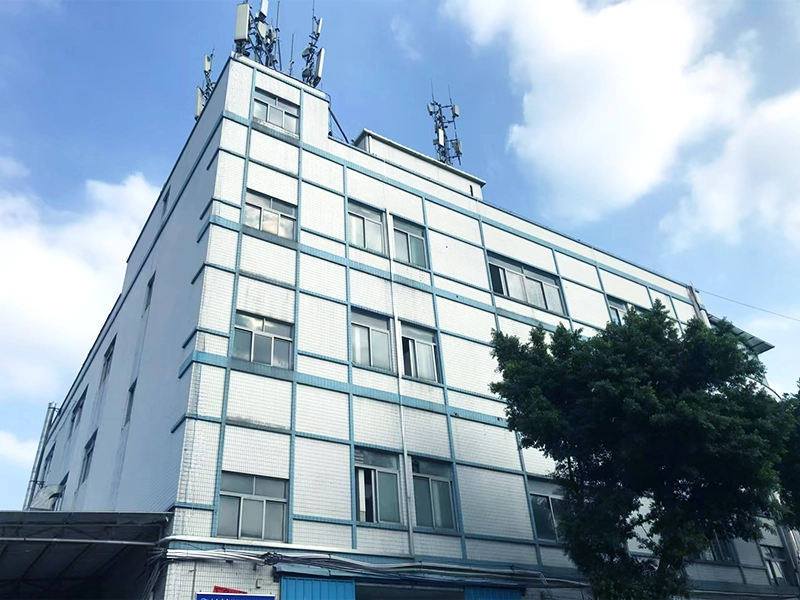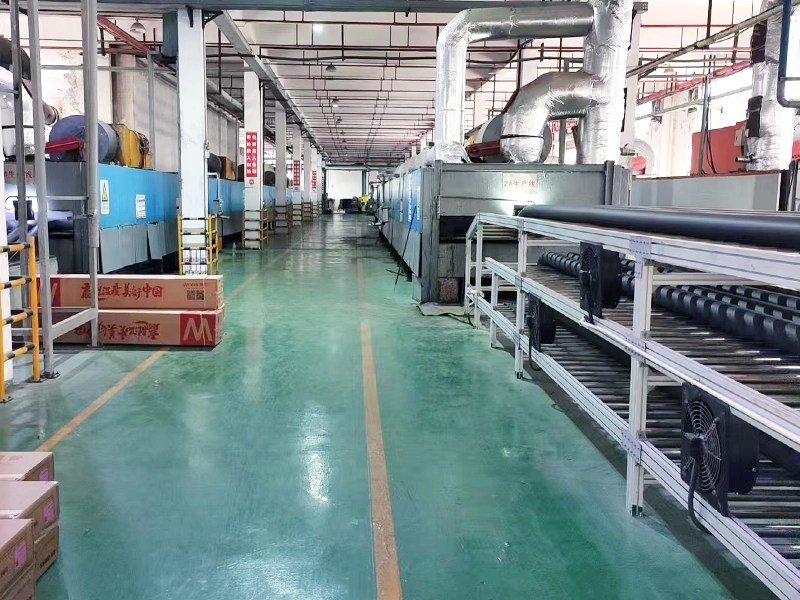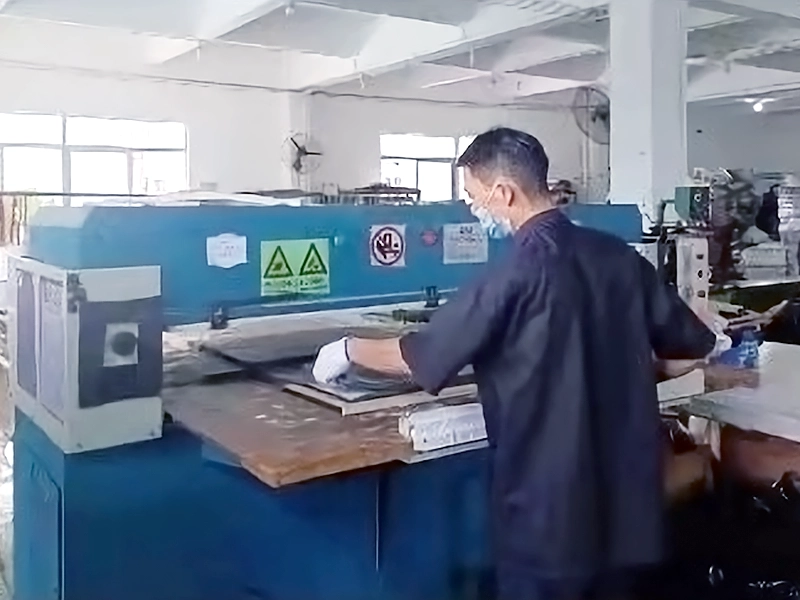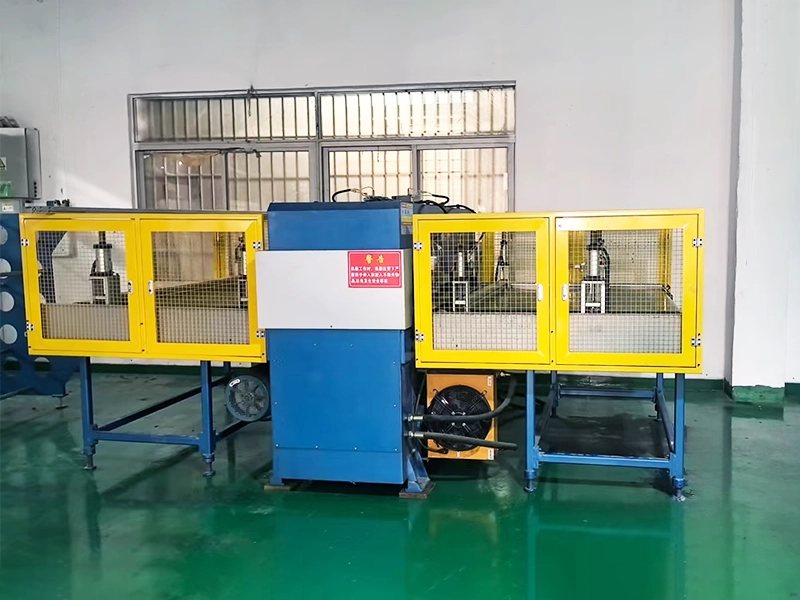Guangdong Qingduo New Material Technology Co., Ltd.

EPE pearl cotton corner protector
Still deciding? Get samples first, Contact US !
View similar products
Tag list
EPE pearl cotton corner protector
Still deciding? Get samples first, Contact US !
Products Category
Tag list
- Description
-
Protective packaging refers to the comprehensive protective measures taken to prevent the deterioration and damage of the contents, including cleaning, drying, and the use of protective materials, as well as the identification of completion marks. The inner packaging in actual production is protective packaging, which refers to the packaging that bundles and wraps spare parts for protection for the first time. The inner packaging is the smallest packaging unit that provides protection for spare parts.
Product classification
The physical, chemical, and biological properties of a product are called product characteristics. Product characteristics are the internal cause of product damage, while the circulation environment is the external cause of product damage. External factors can only work through internal factors, so products with different characteristics may suffer different forms of damage during circulation. There are various types and properties of industrial and agricultural products, and the forms and mechanisms of product damage are different and vary greatly. For the convenience of research, protective packaging is divided into the following six categories based on product characteristics and corresponding environmental factors. [2]
1、 Buffer packaging
The products studied in buffer packaging are fragile products, mainly electronic and electrical products. The environmental factors involved in cushioning packaging are vibration and impact. The basic method of cushioning packaging is to fill cushioning materials between the product and the packaging box. Its function is to absorb the energy input from vibration and impact environment into the transportation packaging, limit the product's response to environmental stimuli within the range that the product can withstand, and minimize the damage of the product during circulation.
2、 Rust proof packaging
The products studied in anti rust packaging are mechanical products, mainly steel parts in the products. The environmental factors involved in rust proof packaging are mainly humidity and oxygen in the air. The corrosion of metals is mainly electrochemical corrosion, and it is oxygen corrosion. The basic method of rust proof packaging is to dip rust proof grease on the metal surface and place it in a sealed container with good barrier properties, and keep the container in a dry and oxygen deficient state; Alternatively, a vapor phase rust inhibitor can be placed in a sealed container instead of rust proof grease. The purpose of using these packaging techniques and methods is to block the influence of water vapor and oxygen on the metal surface.
3、 Anti mold and anti-corrosion packaging
The research on anti mold and anti-corrosion packaging is focused on products processed from animals and plants, mainly for food, but not limited to food. The environmental factors involved in mold resistant packaging are mold resistant microorganisms, including bacteria, yeast, and mold. Animal and plant products that undergo mold decay and deterioration are the result of the growth and reproduction of such microorganisms on the products. The basic method of preventing mold and rot is to package animal and plant products in sealed containers with excellent barrier properties, and take various appropriate measures to prevent mold and rot microorganisms from harming the contents of the products. These measures are: dry mold prevention, high-temperature sterilization, low-temperature mold prevention, controlled atmosphere mold prevention, radiation mold prevention, and chemical mold prevention.
4、 Fruit and vegetable preservation packaging
After harvesting, fruits and vegetables (referred to as fruits and vegetables) are still living organisms. The main life activities of fruits and vegetables after harvesting are respiration and continuous evaporation of water after harvesting. Breathing and evaporation cause fruits and vegetables to gradually age, promoting the growth and reproduction of microorganisms in fruits and vegetables, leading to their decay and deterioration. The environmental factors associated with respiration and evaporation are temperature, humidity, and gas composition. Mechanical factors (vibration and impact) can cause mechanical damage to fruits and vegetables, opening channels for microbial invasion and accelerating their decay and deterioration. The basic method of fruit and vegetable packaging is to clean, preserve, and coat the fruits and vegetables after harvesting. When packing, paper or film should be lined between the fruits and vegetables and the packaging box, wrapped in paper or film, and placed in breathable plastic bags. Foam plastic mesh or plastic fruit trays should be used for buffering. The combination of fruit and vegetable packaging with low-temperature and modified atmosphere storage aims to minimize the respiratory intensity of fruits and vegetables, limit water evaporation, reduce mechanical damage, and extend the storage period of fruits and vegetables.
5、 Packaging of hazardous chemicals
The "Regulations on the Safety Management of Hazardous Chemicals" issued by China stipulate that there are seven categories of hazardous chemicals: explosives, compressed gases and liquefied gases, flammable liquids, flammable solids, self igniting and wet flammable materials, oxidants and organic peroxides, toxic and corrosive substances. Dangerous chemicals are classified into three levels based on their degree of danger: I, II, and III. Level I is the most dangerous, Level II is moderate, and Level III is average. The environmental factors involved in dangerous goods packaging include open flames, high-temperature objects, humid air, lighting appliances, rainwater, sunlight, vibration and impact, etc. The "damage" of hazardous chemicals mainly refers to combustion, explosion, poisoning, and corrosive accidents, which can cause significant losses to people's lives and property. Whether accidents may occur during the loading, unloading, transportation, and storage of hazardous chemicals is not only related to packaging, but also to the comprehensive safety management of road, railway, and maritime transportation systems, which is a very complex issue. As for the packaging of dangerous goods, there are four main issues involved: ① The packaging material should have sufficient chemical stability and not react chemically with the dangerous goods inside; ② The packaging container should have sufficient strength to ensure that dangerous goods do not spill or overflow during circulation due to container rupture The packaging container should have reliable sealing performance to ensure that no dangerous goods leakage accidents occur during circulation; ④ The packaging should have good cushioning performance to ensure that hazardous materials do not ignite or explode due to vibration and impact in the absence of open flames and other heat sources. In addition, for liquid hazardous materials, the packaging box should be filled with absorbent materials to absorb hazardous materials in case of leakage.
6、 Medical packaging
Medicine is divided into two categories: traditional Chinese medicine and western medicine. Traditional Chinese medicine is mostly processed from animals and plants as raw materials, and can be included in anti mold packaging without further discussion. Western medicine includes chemically synthesized drugs and biopharmaceuticals, available in liquid, powder, and tablet forms. Some tablets are coated with sugar to improve the taste of the medication. The problem with the transportation and storage of Western medicine is to prevent it from reacting chemically with water vapor and oxygen in the air, which can cause the drug to deteriorate and become ineffective. It is also necessary to prevent light and temperature from accelerating such chemical changes. Therefore, the drug should be stored in a cool environment. Both traditional Chinese patent medicines and simple preparations and western medicine have inner packaging. The inner packaging of drugs can be divided into individual packaging and intermediate packaging. There are many forms of packaging for drugs, such as small bags, vials, blister packs, vacuum packs, etc. The packaging materials are mostly plastic and glass. The middle packaging of drugs mostly uses paper boxes, and emerging middle packaging also includes shrink wrap.
Protective measures
Product packaging protection measures mainly refer to various technical packaging measures taken to prevent quantity loss and quality changes of goods in the circulation field, and to resist various factors that affect the quality changes of goods internally and externally. Through the reasonable application of these measures, not only can the packaging and contents of the goods form a whole, but also the protective function of the packaging can be effectively utilized, taking into account other functions.
The surrounding environment of a product is an external factor that causes changes in product quality, mainly including climate factors, biological factors, chemical factors, and mechanical and physical factors. Among them, climate factors include temperature, humidity, air pressure, lighting (light), and other climate phenomena; Biological factors include the activities of microorganisms, pests, rodents, ants, etc; Chemical factors include pollutants in the atmospheric environment, such as sulfides, organic compounds, oxides, and other harmful media; Mechanical and physical factors include vibration, impact, static load, dynamic load, and other effects.
The natural attributes of a product itself are internal factors that cause changes in its quality, which can be divided into physical, chemical, biological, and other factors. Among them, physical factors include the mechanical strength of the product structure, the brittleness value allowed to withstand mechanical external forces, heat resistance, cold resistance, etc. Chemical factors include oxidation resistance, corrosion resistance, aging resistance, water resistance, etc. Biological factors include resistance to biological erosion, physiological and biochemical changes in fresh products, etc.
The corresponding measures taken by product packaging protection technology to address the internal and external factors mentioned above are:
① To prevent mechanical and physical damage to the product, packaging forms such as shock resistance, cushioning, aggregation, and shrinkage can be used.
② To prevent accidents such as product loss, theft, human adulteration, and drug contamination, packaging forms such as anti-theft, sealing, anti opening, and assembly can be used.
③ To prevent chemical changes in the product, packaging forms such as vacuum, inflation, deoxidation, skin to body, blister, rust prevention, light protection, moisture prevention, etc. can be used To prevent physical changes in the product, packaging forms such as shock absorption, external impact resistance, insulation, and cold resistance can be used.
⑤ To prevent physiological and biochemical changes in the product, packaging forms such as preservation, controlled atmosphere, and freezing can be used.
⑥ To prevent biological changes in the product, packaging forms such as mold proof, insect proof, sterilization, and freezing can be used.
⑦ To prevent products from being contaminated by harmful, toxic, and miscellaneous substances, packaging forms such as dust prevention and sealing can be adopted.
Factory






FAQ
Q:
What types of products can you provide for selection
A:
Q:
Are your products environmentally friendly?
A:
Q:
Is the price of customized products too expensive?
A:
Q:
How long is your delivery cycle approximately?
A:
Get in touch with us
Note: Please leave your email address, our professionals will contact you as soon as possible!
